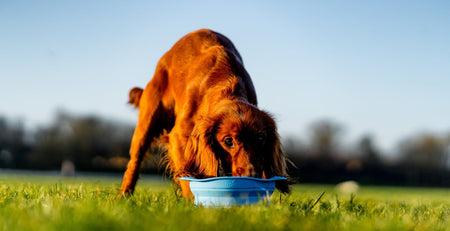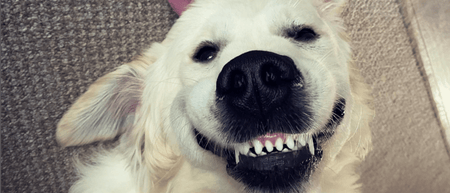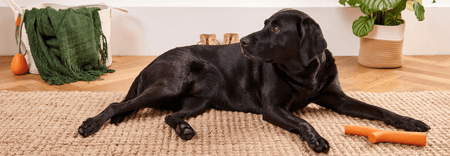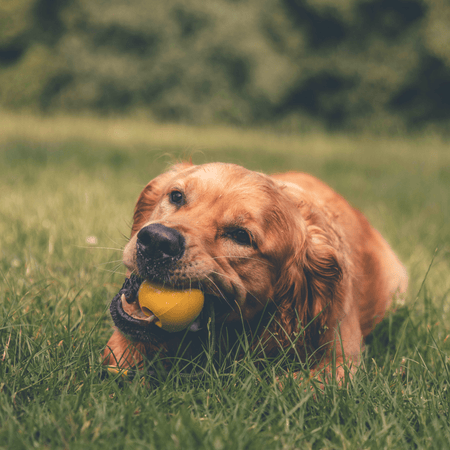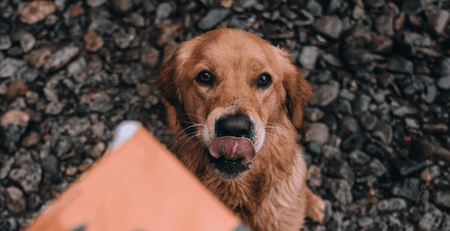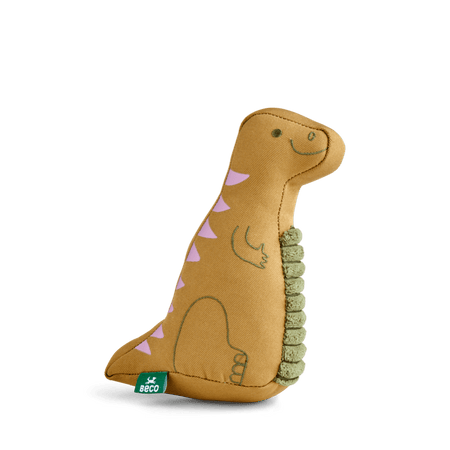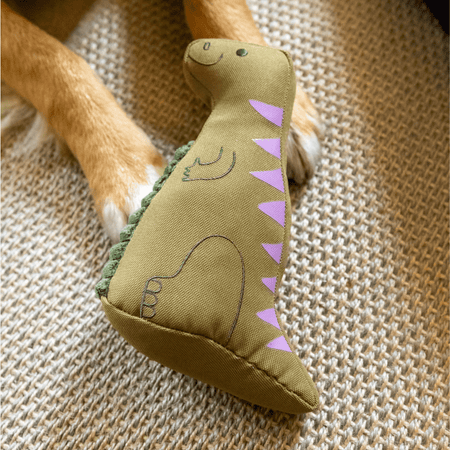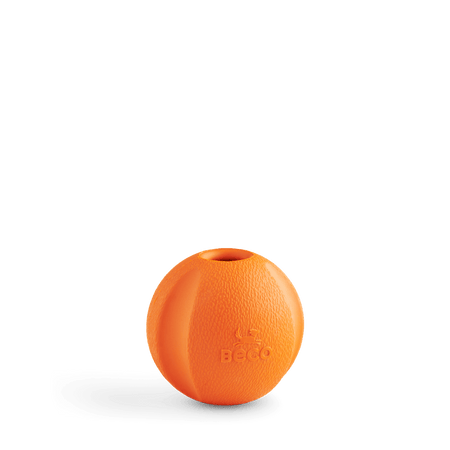Some dogs just don’t care about toys—and that’s okay. But if your pup stares blankly at a squeaky ball or snubs a tug rope, you might wonder what’s up.
It could be a lack of early play, past bad experiences, or simply the wrong type of toy.
Whatever the reason, there’s a way to get your dog excited about playtime. Let’s figure out what’s holding them back and how to fix it.
- Some dogs ignore toys due to past trauma, health issues, or lack of early play exposure.
- Find your dog's natural play style—diggers, chasers, or sniffers need different toys.
- Interactive games strengthen your bond even when traditional toys fail.
Common Reasons Dogs Avoid Toys
| Reason | Solution |
|---|---|
| No early socialisation | Slowly introduce new toys with positive reinforcement |
| Bad past experiences | Use treats and praise to create new positive associations |
| Health issues | Check for dental pain, arthritis, or underlying conditions |
| No interest | Find toys that align with their instincts (digging, chewing, etc.) |
| Boredom | Rotate toys and try interactive games |
1. Lack of Early Socialisation
Puppies learn through play. If your pup didn’t get much exposure to toys during their early weeks, they might not understand what to do with them.
This happens often with rescue dogs or those from less-than-ideal breeding situations. Early experiences shape a dog's understanding of play, so a lack of exposure can lead to disinterest.
2. Past Trauma or Negative Experiences
Dogs remember. If a toy once startled them or they were punished while playing, they may associate toys with stress instead of fun.
A rescued dog might have never had toys before, making them unsure how to interact with one. Overcoming these fears takes a bit of patience, positive reinforcement, and gentle encouragement.
3. Individual Preferences and Instincts
Some dogs love to chase, others prefer digging, and some are all about sniffing. If your dog doesn’t like toys, they might need something that matches their natural instincts.
Toys for dogs who like to dig, for example, mimic burrowing and can be more enticing than a regular chew toy. Finding the right type of plaything can make all the difference.
4. They Don’t Know How
Not all dogs instinctively know how to play. Some need encouragement. If your pup looks at a ball like it's a foreign object, they might need a little coaching to figure out the fun part.
Interactive play and engaging with them directly can help bridge this gap.
5. Health Issues or Pain
If your dog used to love toys but suddenly ignores them, it might be time for a vet visit. Dental pain, arthritis, or other health issues can make chewing, running, or even standing uncomfortable.
Why Play Is Important for Dogs
Play isn’t just a fun distraction. It plays a key role in a dog's mental and physical health. Keeping your pup engaged ensures a happier, healthier life.
Mental Stimulation
Dogs need to work their brains. Without play, they get bored, and a bored dog often becomes destructive.
If your dog is bored but won’t play with toys, other outlets like puzzle feeders or scent games may help. Stimulating their mind can prevent unwanted behaviours and keep them entertained.
Physical Exercise
Play keeps dogs fit. A game of fetch, a tug-of-war session, or even just chewing a durable toy can prevent weight gain and maintain muscle tone.
Keeping an active routine reduces the risk of obesity and related health issues.
Strengthening the Human-Dog Bond
Dogs who engage in play with their owners build trust. Even if your dog doesn’t like toys, interactive play like hide-and-seek or agility exercises can strengthen your relationship.
Shared activities create positive associations and deepen your connection.
How to Get Your Dog Interested in Toys
If your pup ignores toys, don’t worry - there are ways to spark their curiosity and make playtime exciting.
Start Slow and Reward Interest
Don’t expect your dog to go from ignoring toys to fetching like a pro overnight.
Introduce one toy at a time, and praise any curiosity. Even a sniff is progress. Patience and small rewards can encourage exploration.
Use Treats to Create Positive Associations
Food makes everything more exciting. Stuff a toy with treats, use a food-dispensing ball, or smear a bit of peanut butter on a chew toy.
This can make even the most uninterested dog give it a go. Positive reinforcement helps associate toys with fun.
Play Together
Dogs are social creatures. If you grab a toy and get animated, your pup is more likely to engage.
Try rolling a ball, making a stuffed toy "run away," or playing gentle tug-of-war. Your enthusiasm can be contagious and encourage their natural play instincts.
Rotate Toys to Keep Things Fresh
If the same toys are lying around all the time, they lose their appeal.
Keep a stash and swap them out every few days to make old toys feel new again. Variety can help maintain interest and excitement.

Observe What They Enjoy
Some dogs are chasers, some are tuggers, and some prefer problem-solving.
Watching what excites your pup in other areas of life can help determine what toys for dogs that don’t like toys might be more appealing. Their natural tendencies can guide your toy selection.
Accept Alternative Play
Some dogs prefer activities like nose work, obedience training, or agility courses.
If you're wondering how to entertain a dog who doesn’t like toys, try enrichment games or interactive training instead.
Frequently Asked Questions
Why doesn’t my dog like toys?
Some dogs simply never learned how to play, while others prefer different types of stimulation. If they were never exposed to toys as a puppy or had negative experiences, they may not see the appeal.
How do I teach a dog to play with toys?
Teach your pup to play with toys by starting small and reward any curiosity. Try treat-filled toys, interactive games, and playing together to help spark interest.
Do dogs have favourite toys?
Yes, many dogs have favourite toys. Some dogs form strong attachments to specific toys, especially if they remind them of prey or provide comfort.
Conclusion
Some dogs are natural-born players, while others need a little encouragement. If your pup isn’t interested in toys, it could be down to their past experiences, health issues, or simply not finding the right type of play.
Matching toys to their instincts—whether they love to chase, dig, or sniff—can make all the difference.
And if traditional toys don’t spark excitement, interactive play and enrichment games can still provide mental stimulation and exercise.
Looking for something that might finally catch your dog’s interest? Shop our plush and natural rubber toys—designed to match different play styles and keep tails wagging.


